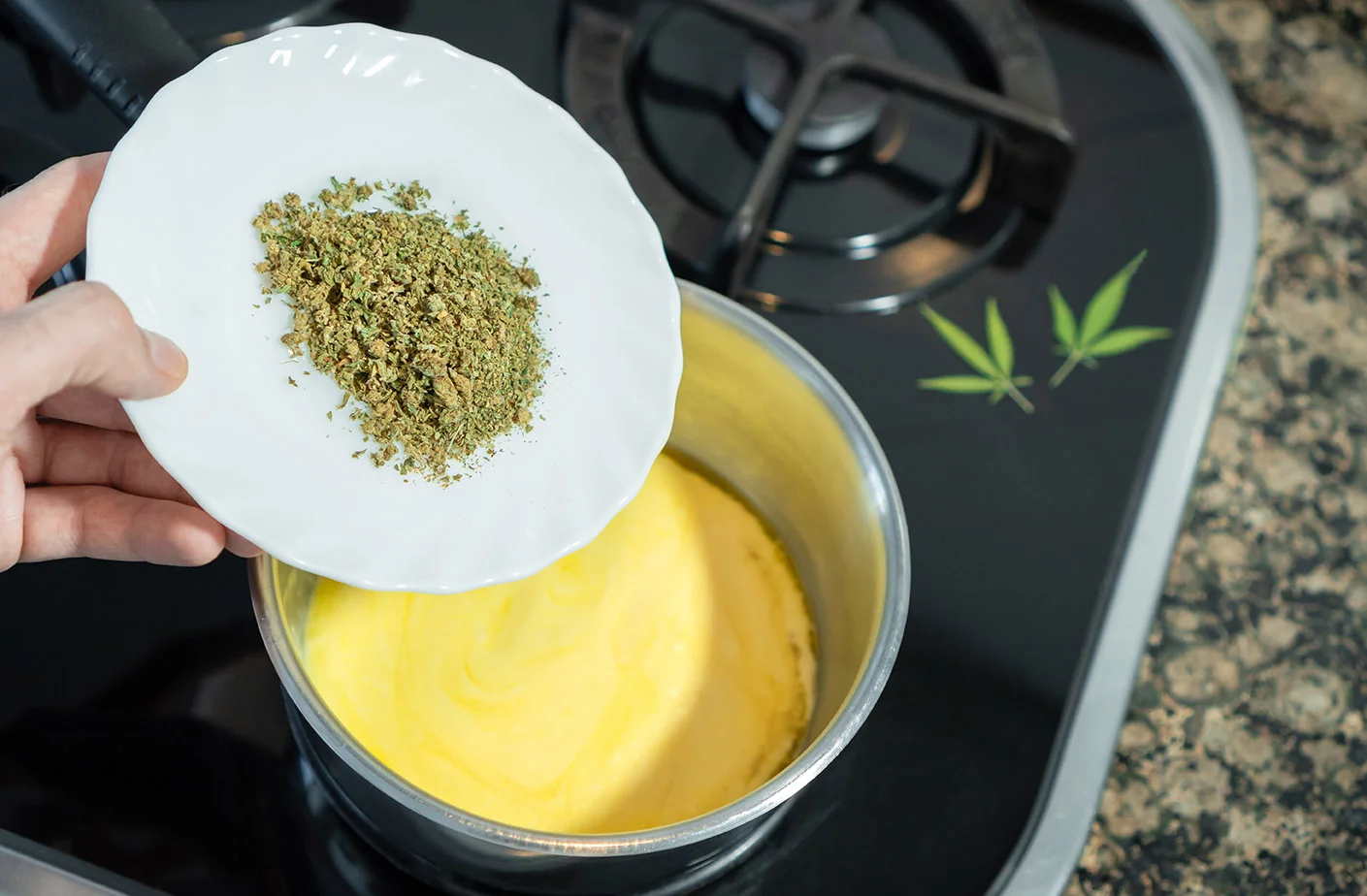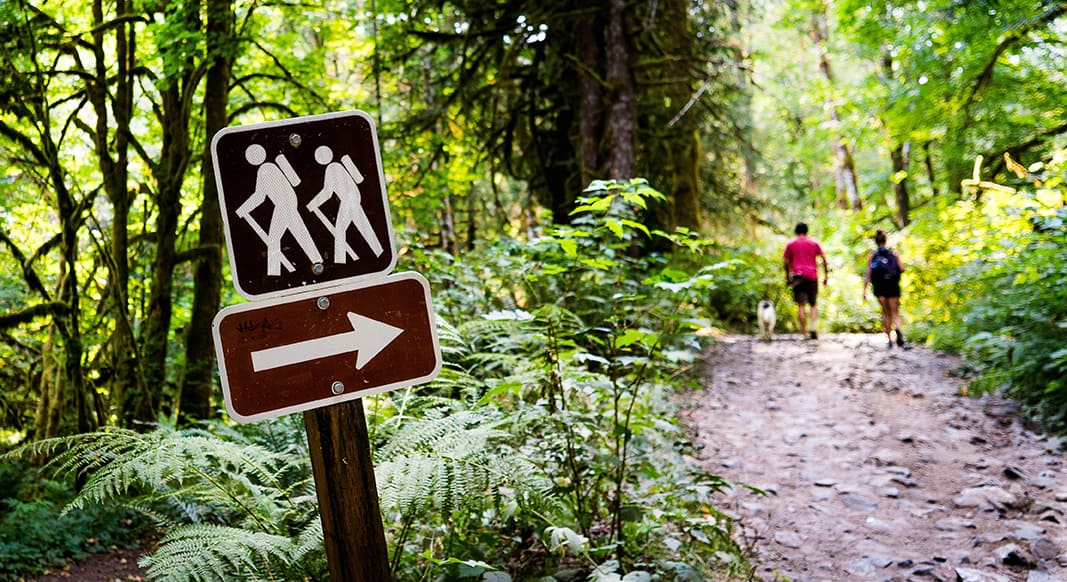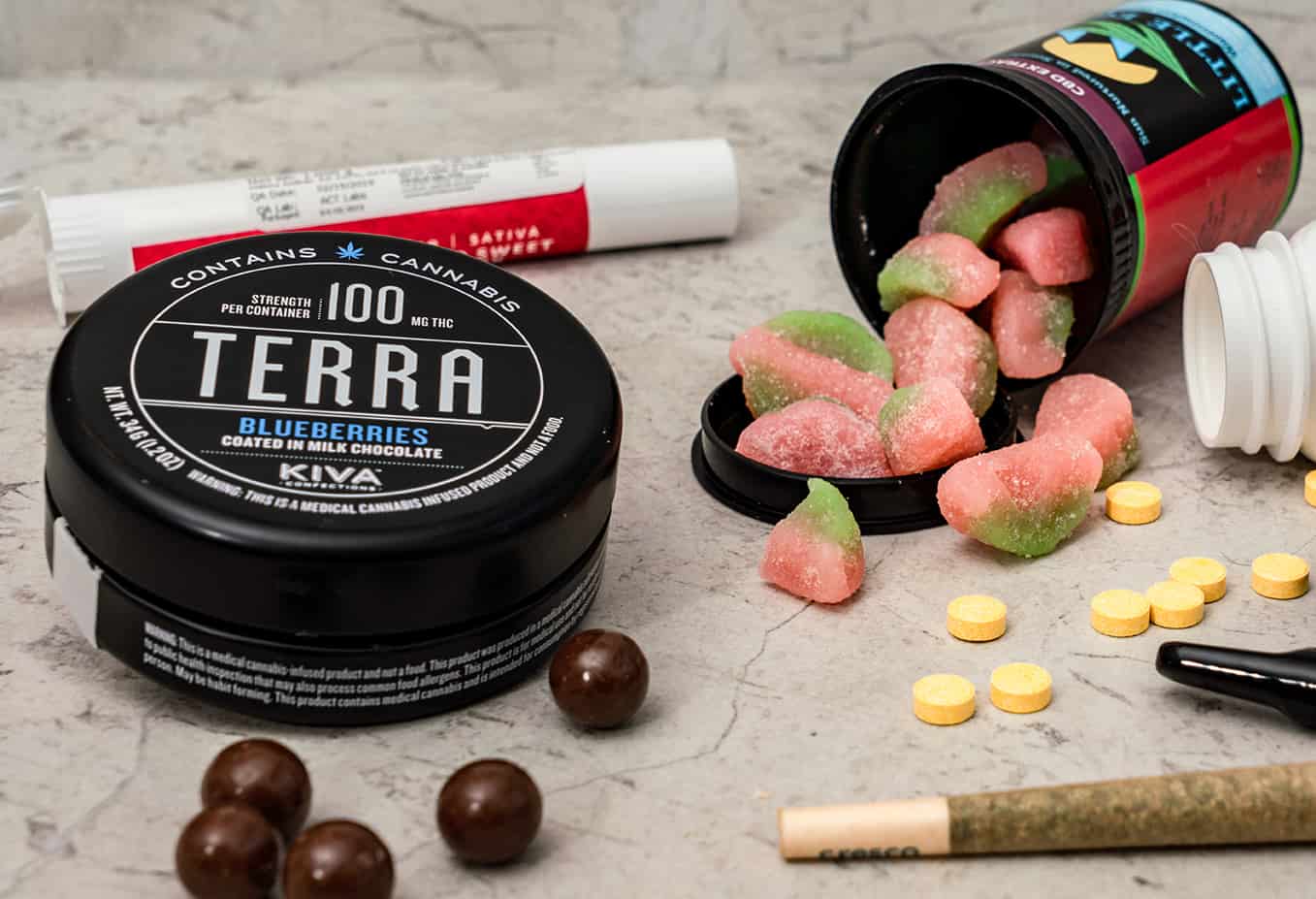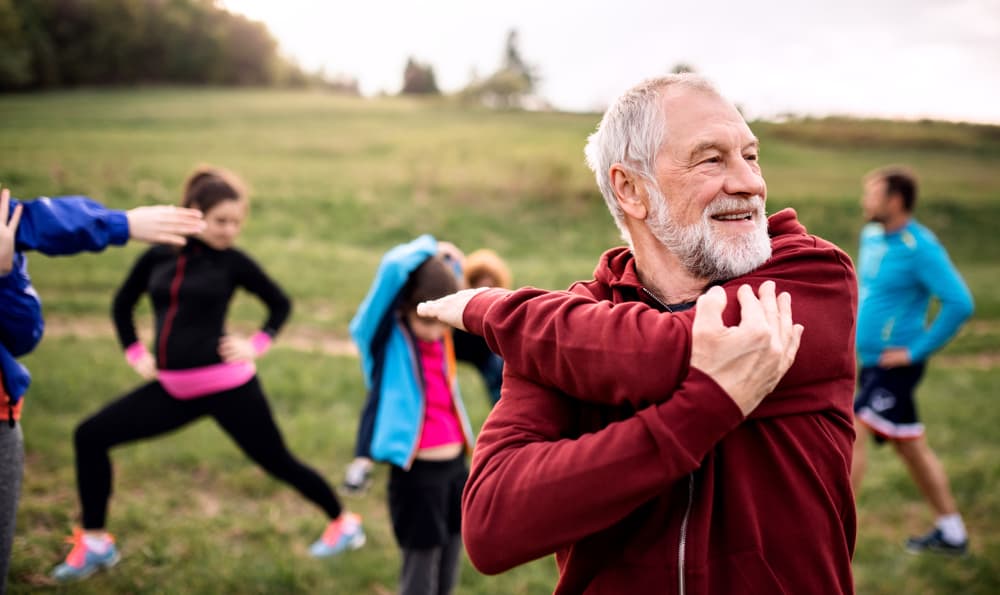Greening Up Dry January: Simply Herb's Refreshing Alternative
As the New Year unfolds, many embrace the challenge of Dry January, a month without the familiar clink of glasses. Yet, what if we told you there’s a way to make this commitment not just bearable but downright enjoyable? Enter Simply Herb, your friendly guide in the world of cannabis, ready to turn your Dry January into a Green January.
Wandering Through the Desert of Sobriety:
Embarking on Dry January can feel like traversing a vast desert. The metaphorical sand dunes of sobriety can leave you parched and longing for an oasis that feels genuine. In a world where mirages are all too common, Simply Herb offers not an illusion, but a true refuge of refreshment.
An Oasis of Relaxation:
Imagine a January where sunsets are replaced by calming clouds of green, and the air is filled with the soothing scent of expertly crafted cannabis. Our products aren’t just any oasis; they’re a sanctuary of relaxation and enjoyment. So why settle for mere mirages when you can immerse yourself in a real, refreshing experience?
Elevating January with Simply Herb:
While Dry January may pose its challenges, we’re here to turn those challenges into opportunities. Rather than simply abstaining, consider elevating your experience with a touch of green joy. Simply Herb offers a diverse range of products designed to transform your January blues into a haze of relaxation. Whether you’re a seasoned enthusiast or a curious first-timer, our cannabis offerings are tailored to make your January far from dry.
Discovering the Green Alternative:
Why confine yourself to the constraints of Dry January when there’s a green alternative waiting to be explored? Cannabis, in its diverse forms, provides a unique and enjoyable experience that transcends traditional notions of recreation. It’s a natural choice for those seeking a different kind of buzz – one that doesn’t leave you parched but rather, revitalized.
As you navigate through the challenges of Dry January, consider the possibility of a month that’s not just dry but also green and refreshing. Show this to your buds undergoing Dry January and let them know there’s a different kind of oasis waiting for them. Dive into Green January with Simply Herb – because sometimes, the best alternatives are up for a good time and down to chill. Head to your local Ascend and stock up on Simply Herb to *hit* your new year goals today!
The Ultimate Guide to Fun Activities When You Are High
If you find yourself in a blissful state of relaxation and creativity after indulging in a little herb, you’re probably wondering, “What are the best activities to do when I’m high?” We’ve got you covered with some amazing and enjoyable activities that are perfect for those moments of elevated bliss. So, grab your favorite strain, settle in, and let’s explore the best activities to do when you’re high!
- Get Crafty: Unleash your inner artist! Whether it’s painting, drawing, or even making jewelry, cannabis can enhance your creativity and allow you to tap into new artistic dimensions. Grab some art supplies, put on some groovy tunes, and let your imagination run wild. You’ll be amazed at the masterpieces you create!
- Dive into Nature: Mother Nature has so much to offer, especially when you’re high. Take a stroll in the park, hike a scenic trail, or find a cozy spot to relax by the water. Cannabis can heighten your senses, making the sights, sounds, and smells of nature even more enchanting. Embrace the beauty around you and let your mind wander in harmony with the natural world.
- Jam Session: Music and cannabis go hand in hand. Put on your favorite tunes or discover new genres and artists. Feel the rhythm, let the melodies carry you away, and maybe even try your hand at playing an instrument. Cannabis has a way of intensifying the emotional connection we have with music, making it an unforgettable experience.
- Dive into the Culinary World: Munchies, anyone? Cooking while high can be an absolute delight. Experiment with new recipes, explore flavors, and let your taste buds dance with joy. From preparing a gourmet meal to whipping up some delicious snacks, cannabis can enhance your culinary skills and make your kitchen adventures even more fun and satisfying.
- Dive into the Cinematic Universe: Movies and TV shows become even more captivating when you’re high. Grab some popcorn, cozy up on the couch, and embark on a visual journey. Whether it’s a thought-provoking documentary, an epic action flick, or a hilarious comedy, cannabis can elevate the viewing experience and transport you to new worlds of imagination.
Remember, the key to a positive experience when you’re high is to create a comfortable and safe environment. Surround yourself with good company, ensure you have snacks and drinks nearby, and always consume responsibly.
Each experience is unique, so embrace the joy, laughter, and relaxation that cannabis can bring to your life.
Disclaimer: Please consume cannabis responsibly and follow the laws and regulations in your area. Not all activities may be suitable for everyone, so listen to your body and mind, and adjust accordingly.
Cooking with Cannabis
Cooking with Cannabis: Elevate Your Culinary Experience!
Whether you’re an experienced gardener or a complete novice, cultivating your own cannabis can be an enjoyable and fulfilling experience. Begin with a modest and straightforward approach, and gradually delve into more complex methods as you gain confidence. However, it’s crucial to acquaint yourself with the local regulations before starting. Different states may have specific restrictions regarding the number of plants you can cultivate, as well as whether indoor or outdoor growing is permissible, among other considerations.
The Basics of Cannabis Infusion
Before we dive into the delicious recipes, let’s cover the essentials of cannabis infusion. The key to successful cannabis cooking lies in extracting the cannabinoids (like THC and CBD) from the plant material and infusing them into a fat or oil-based ingredient. This process, known as decarboxylation, involves heating the cannabis to activate its psychoactive and therapeutic properties. Once decarboxylated, you can infuse the cannabis into oils, butter, or other fat-based ingredients to create your desired cannabis-infused concoctions.
Essential Tools and Ingredients
To get started on your cannabis culinary journey, you’ll need a few key ingredients and tools:
- Cannabis: Choose a strain that aligns with your desired effects. Sativa strains often provide an energizing, uplifting experience, while indicas tend to be more relaxing. Experimentation is part of the fun!
- Fats and Oils: Common choices include butter, coconut oil, and olive oil. These act as carriers for the cannabinoids, ensuring optimal infusion.
- Grinder: Grind your cannabis into a fine consistency to ensure even distribution and maximum potency.
- Strainer or Cheesecloth: You’ll need a strainer or cheesecloth to strain out the plant material after infusing it into your chosen fat or oil.
Popular Cannabis-Infused Recipes
- Classic Cannabis-Infused Butter: This versatile ingredient can be used in countless recipes, from baked goods to savory dishes. Simmer ground cannabis in melted butter for a couple of hours, strain, and voila! You have a delicious cannabis-infused butter ready to elevate your culinary creations.
- Potent Pot Brownies: These timeless treats are a staple in the world of cannabis-infused desserts. Simply replace the regular butter in your favorite brownie recipe with cannabis-infused butter, and follow the usual baking instructions. Remember, start with a small portion and allow time for the effects to kick in.
- Tantalizing Cannabis-Infused Oils: Infused oils are fantastic for drizzling over salads, roasted vegetables, or dipping bread. Heat your preferred oil with ground cannabis, strain, and enjoy a flavorful addition to your dishes.
Dosage and Safety Considerations
When cooking with cannabis, it’s crucial to understand dosage and safety. The potency of your infused creations will depend on various factors such as strain, cooking time, and personal tolerance. Start with low doses, especially if you’re a beginner, and gradually increase as you become familiar with the effects. Remember to label your cannabis-infused goodies clearly to prevent accidental consumption by others.
Embrace Creativity and Enjoy the Journey
Cooking with cannabis offers a unique opportunity to explore new flavors and elevate your culinary expertise. Don’t be afraid to get creative! Experiment with different recipes, strains, and infusion methods. From savory dishes to sweet delights, the possibilities are endless. Just remember to savor the experience responsibly, be mindful of your own limits, and always enjoy your infused creations in a safe and legal environment.
Having "The Talk:" Teaching Your Parents About Cannabis
If you’re reading this, chances are you’re an adult looking to have an open and honest conversation with your parents about cannabis. Talking about such a topic can be challenging, especially when there are generational gaps and differing perspectives involved. But fear not, we’re here to help you navigate this conversation with grace and understanding.
Educate Yourself First
Before initiating the conversation, take some time to educate yourself about cannabis. Learn about its potential benefits, both medicinal and recreational, as well as the legal status in your area. Familiarize yourself with different consumption methods, potential side effects, and the importance of responsible use. Being knowledgeable will lend credibility to your discussion and help address any concerns your parents might have.
Choose the Right Time and Place
Timing is everything! Find a suitable moment when both you and your parents are relaxed and open to conversation. Avoid bringing up the topic during family gatherings or stressful situations. Ensure you have ample time to discuss without any distractions. Select a private and comfortable space where everyone can feel at ease and openly share their thoughts and concerns.
Approach with Empathy and Respect
Remember, your parents might have grown up with different cultural or societal norms surrounding cannabis. Approach the conversation with empathy and respect, acknowledging their experiences and perspectives. Avoid adopting a confrontational or judgmental attitude. Instead, strive for a compassionate and understanding tone to foster an environment of open dialogue.
Share Your Motivation
Explain to your parents why you want to discuss cannabis. Whether it’s for personal use, health reasons, or simply to keep them informed about your choices, be clear about your intentions. Share your personal experiences or stories of others who have benefited from cannabis in a responsible manner. Emphasize that you value their opinion and want to have an honest conversation.
Address Concerns and Share Information
Chances are, your parents might have concerns or misconceptions about cannabis. Be prepared to address them calmly and provide accurate information. Share research-backed facts about the medicinal potential, safety precautions, and legal regulations. Offer resources, such as articles or documentaries, that can help them further understand the topic. It’s important to acknowledge any valid concerns they raise and address them with empathy.
Discuss Boundaries and Considerations
If you’re living with your parents or visiting frequently, discuss boundaries and considerations regarding cannabis use. Talk about the importance of responsible consumption, ensuring it doesn’t impact their comfort or well-being. Address any specific concerns they have, such as the smell or potential legal implications. Finding common ground and respecting their boundaries will help foster a positive and understanding environment.
Having a conversation about cannabis with your parents can be a valuable opportunity to bridge generational gaps and deepen your relationship. Remember to approach the topic with empathy, respect, and a willingness to listen. By educating yourself, sharing your motivations, and addressing concerns, you can create an environment of understanding and open dialogue. Embrace this chance to connect and learn from each other, ultimately strengthening the bond between you and your parents.
Enhance Your Experience: Pairing Strains With Activities
Cannabis enthusiasts know that different strains offer unique effects and experiences. Whether you’re looking to boost your creativity, enhance your musical journey, unwind and chill, have a good laugh, or improve your sleep, there’s a cannabis strain perfectly suited for each activity.
Igniting Creativity: Sour Diesel
When it comes to sparking creativity, few strains can match the energizing effects of Sour Diesel. This sativa-dominant strain offers a potent cerebral high that promotes focus, motivation, and out-of-the-box thinking. Its invigorating properties make it a favorite among artists, writers, and anyone seeking an imaginative boost.
Harmonizing with Music: Blue Dream
For those seeking an enhanced auditory experience, look no further than Blue Dream. This popular hybrid strain combines the relaxing effects of indica with the uplifting qualities of sativa. Blue Dream’s euphoric and cerebral effects create a perfect backdrop for music appreciation. It heightens your senses, amplifies sound, and deepens your connection to the rhythm and melodies.
Unwind and Chill: Granddaddy Purple
Sometimes, we all need a moment to relax and unwind. Granddaddy Purple, a classic indica strain, is the ultimate choice for those seeking tranquility and deep relaxation. With its rich grape and berry flavors, Granddaddy Purple induces a blissful state of calmness and serenity. This strain is perfect for unwinding after a long day, relieving stress, and embracing a peaceful evening of introspection or quality time with loved ones.
Laughter Therapy: Girl Scout Cookies
If you’re looking to inject some laughter and joy into your day, Girl Scout Cookies is the strain for you. This hybrid strain combines the best of both worlds, offering a euphoric and uplifting high coupled with a delightful burst of creativity. Girl Scout Cookies can turn any mundane activity into a hilarious adventure, making it perfect for social gatherings, comedy shows, or simply enjoying a lighthearted evening with friends.
Sweet Dreams: Northern Lights
For those struggling with sleep, Northern Lights is a soothing indica strain that can help you drift off into a blissful slumber. This legendary strain is renowned for its powerful sedative properties, promoting deep relaxation and relieving insomnia. With its earthy and sweet aroma, Northern Lights gently lulls you into a state of tranquility, allowing you to enjoy a restful and rejuvenating night’s sleep.
Cannabis strains offer a diverse array of experiences, and selecting the right strain can enhance different activities in remarkable ways. Remember to start with small doses and experiment to find the strain that best aligns with your preferences.
The Cannabis Countdown: How Long Before I Will Feel the Effects?
There is one question that cannabis newcomers and seasoned users alike often wonder about: How long does it generally take for cannabis products to take effect?
The short answer is that it’s essential to remember that individual onset time experiences may vary. But there are several factors can influence how quickly cannabis takes effect, including your body chemistry, metabolism, the specific product consumed, and even your tolerance level. Let’s explore some general guidelines.
Smoking and Vaping: Fasten Your Seatbelts
If you’re looking for a rapid onset of effects, smoking or vaping cannabis is your best bet. When you inhale cannabis smoke or vapor, the cannabinoids, such as THC and CBD, enter your lungs and are rapidly absorbed into the bloodstream. In most cases, you can expect to start feeling the effects within minutes, with peak intensity reached in about 10-30 minutes. It’s a quick ride, indeed!
Edibles: The Slow Burn
Edibles are a different story altogether. When you consume cannabis-infused goodies like brownies, gummies, or chocolates, the cannabinoids must go through the digestive system before they can be absorbed into the bloodstream. This process takes time—typically around 30 minutes to 2 hours—to feel the initial effects. However, don’t be fooled by the delayed start. Once the cannabinoids kick in, the effects can last much longer than with smoking or vaping.
Sublingual Products: A Middle Ground
For those seeking a balance between rapid onset and prolonged duration, sublingual cannabis products offer an appealing option. These include tinctures, sprays, and strips that are placed under the tongue. By doing so, the cannabinoids bypass digestion and are absorbed directly into the bloodstream through the thin tissues in your mouth. As a result, you can expect to feel the effects within 15-30 minutes, with a duration similar to edibles.
Topicals: A Different Kind of High
If you’re interested in the therapeutic benefits of cannabis without the psychoactive effects, topicals are the way to go. Creams, lotions, and balms infused with cannabinoids are applied directly to the skin, offering localized relief. While topicals won’t get you “high” in the traditional sense, they can provide soothing relief to specific areas within minutes.
So, What’s the Takeaway?
Remember, cannabis affects each person differently, and finding the right product and dosage for your desired experience may involve some trial and error. Always start low and go slow, especially if you’re a beginner. Keep in mind that the duration of effects can also vary, ranging from a few hours to several hours, depending on the product, dose, and your own physiology.
Lastly, it’s important to respect local laws and regulations surrounding cannabis use in your area. Stay informed and enjoy responsibly!
Cannabis and Sleep: Unveiling the Connection
Have you ever found yourself wondering whether this herb can be a potential ally in achieving that elusive restful slumber?
Let’s start by understanding how cannabis interacts with our bodies. Within the cannabis plant, there are hundreds of compounds called cannabinoids, but two of the most well-known are THC (tetrahydrocannabinol) and CBD (cannabidiol). THC is known for its psychoactive effects, while CBD is non-intoxicating and often associated with therapeutic properties.
When it comes to sleep, THC tends to take the spotlight. This cannabinoid has sedative properties that can help ease you into dreamland. It may reduce the time it takes to fall asleep and increase overall sleep duration. However, it’s essential to find the right dosage, as higher THC concentrations can have the opposite effect and interfere with sleep quality.
CBD, on the other hand, doesn’t have the same sedating qualities as THC. However, it may indirectly contribute to better sleep by alleviating anxiety, reducing pain, and promoting relaxation. By addressing these underlying factors that hinder sleep, CBD can support a more peaceful slumber.
One critical factor to consider is the strain of cannabis you choose. Indica strains are often associated with relaxation and can be more sleep-inducing, while Sativa strains tend to have more uplifting and energizing effects. However, it’s worth noting that everyone’s response to strains can vary, so personal experimentation is key.
It’s crucial to recognize that cannabis affects individuals differently. Factors such as your body chemistry, tolerance, and overall health play a role in how you respond to cannabis. If you’re considering cannabis to help with sleep, it’s best to start with a low dose and monitor how your body reacts. Consulting with a healthcare professional who understands cannabis can also provide valuable guidance tailored to your specific needs.
Remember, moderation is key. Using cannabis as a sleep aid should be approached with caution and should not replace healthy sleep habits and a well-balanced lifestyle. It’s always a good idea to establish a consistent sleep routine, create a comfortable sleep environment, and prioritize practices such as regular exercise and stress management.
Lastly, it’s worth mentioning that cannabis may not be suitable for everyone. Individuals with certain medical conditions, pregnant or nursing women, and those taking specific medications should exercise extra caution or avoid cannabis altogether. When in doubt, consult with a healthcare professional who can provide personalized advice based on your unique circumstances.
The connection between cannabis and sleep is an intricate dance of cannabinoids, body chemistry, and individual preferences. While THC-rich strains can assist with falling asleep faster and extending sleep duration, CBD can indirectly contribute to better sleep by addressing underlying factors like anxiety and pain. Nonetheless, moderation, personal experimentation, and professional guidance are essential to ensure a safe and beneficial experience.
Always remember to listen to your body, nurture healthy sleep habits, and always prioritize your well-being.
FInding Your Perfect Dose
Whether you’re a seasoned veteran or just starting your journey, one important aspect of cannabis consumption is finding the right dosage that works for you. Following are some general tips and guidelines to help you discover your perfect cannabis dosage and enhance your overall experience.
Start Low, Go Slow:
When it comes to cannabis, it’s always better to start with a low dosage and gradually increase it. Every individual’s body chemistry is unique, and what works for someone else might not work the same way for you. By starting low and going slow, you allow yourself to gauge the effects and find the sweet spot that suits your needs.
Understand the Different Consumption Methods:
Cannabis can be consumed in various ways, such as smoking, vaping, edibles, tinctures, and topicals. Each method has its own onset time, duration, and intensity of effects. For beginners, smoking or vaping generally offers a more controllable and immediate experience, as the effects kick in quickly and dissipate faster. Edibles, on the other hand, take longer to kick in but can have longer-lasting effects. Experiment with different methods to see what suits you best.
Know Your THC and CBD Levels:
THC (tetrahydrocannabinol) and CBD (cannabidiol) are two primary cannabinoids found in cannabis, each offering unique effects. THC is responsible for the psychoactive “high” associated with cannabis, while CBD provides more of a calming and therapeutic experience. Understanding the THC and CBD levels in the strains or products you’re using can help you choose the right option for your desired experience. Strains with higher CBD levels or balanced THC/CBD ratios tend to offer a milder experience.
Listen to Your Body:
As you explore different dosages, it’s crucial to listen to your body’s signals. Pay attention to how you feel after consuming cannabis. Are you experiencing the desired effects, or do you feel overwhelmed? Take note of any discomfort or side effects and adjust your dosage accordingly. Remember, cannabis affects everyone differently, and finding the right dosage may require some trial and error.
Keep a Journal:
Keeping a cannabis journal can be immensely helpful in tracking your experiences and finding your ideal dosage. Note down the strain, dosage, consumption method, and the effects you experienced. Over time, you’ll start noticing patterns and trends that can guide you towards your preferred dosage. It’s a fun and insightful way to fine-tune your cannabis journey.
Finding the right cannabis dosage is all about self-exploration and paying attention to your body’s response. Start low, go slow, and be patient with yourself. Remember to experiment with different strains, consumption methods, and THC/CBD levels to find what works best for you. Everyone’s cannabis experience is unique, and with a little bit of trial and error, you’ll discover your perfect dosage and unlock a world of personalized enjoyment.
Seniors and Cannabis
In a Wall Street Journal essay by Aaron Greenstein and Haley Solomon, published on February 4, 2023, the team outlines the results of a research study they conducted on the the safety and efficacy of prescribing cannabis to seniors. The two Massachusetts-based doctors decided to pursue the study because they were seeing a very noticeable uptick in the number of their senior patients who were using [or at least, admitting to] using cannabis to cope with the daily challenges of getting older.
They ultimately published their findings in the Harvard Review of Psychiatry, which reported that they patients “used cannabis in many forms—as salves to soothe arthritis pain, tinctures to help with difficulty falling asleep, joints to relieve the stress of chronic PTSD and edibles to heal the anxiety of day-to-day life.” They also found that cannabis could have a calming and soothing effect to the agitation felt during advancing dementia and citing a recent study that suggests “cannabis may help to relieve agitation by regulating neurotransmitters, reducing brain inflammation and improving circadian rhythm disturbances seen in dementia.”
It’s important to note that the effects of terpenes on the body and mind are still being studied, and much more research is needed to fully understand their potential therapeutic benefits.
The Endocannabinoid System and CBD
What is the endocannabinoid system?
In 1964, researchers in Israel discovered therapeutically active substances in cannabis called cannabinoids and isolated the most popular and possibly effective cannabinoid, THC (tetrahydrocannabinol). More than 20 years later, in 1988, researchers identified the human body’s endocannabinoid system.
Endocannabinoids are the special molecules naturally produced in the human body that are closely related to the proper functioning of the immune system and nervous system and that are mimicked by the cannabinoids found in the cannabis plant. Cannabinoids contained in cannabis, referred to as phytocannabinoids, simply imitate endocannabinoids. Cannabinoids fit perfectly into specialized receptors found throughout the nervous and immune systems, serving to enhance, or improve upon, the body’s own ability to maintain homeostasis (balance) and health.
The role of receptors
Research since the discovery of the endocannabinoid system has led to the identification of specialized receptors in the body. Knowledge of these receptors, called CB1 and CB2, has greatly enhanced the overall knowledge of how cannabinoids synergistically interact with other cannabinoids and endocannabinoids to produce sometimes profound medical effects. An understanding of these receptors also allows for the production of synthetic cannabinoids and specialized extracts that best take advantage of the function of these receptors.
CB1 receptors are located throughout the brain and central nervous system, as well as the kidneys, liver, lungs, digestive tract, and even the eyes. Revealingly, these receptors outnumber those for opiates by a wide margin (possibly as high as 10 to 1). The placement of CB1 receptors is also why overdoses on cannabis are impossible; these receptors are not present in the basal regions of the brain that are responsible for vital functions, such as heart and respiratory function. Overdoses due solely to cannabis use simply do not occur.
CB2 receptors are primarily found in the peripheral organs, in particular tissues associated with the immune system, including the tonsils, thymus, spleen, and bone marrow.

An expert’s explanation
Dr. Ethan Russo, a prominent and well-published cannabinoid researcher, has written a detailed description of the endocannabinoid system and its efficacy for human health:
“The analgesic and palliative effects of cannabis and cannabinoid preparation have been amply reported over the past generation…. In essence, the effects result from a combination of receptor and non-receptor mediated mechanisms. THC and other cannabinoids exert many actions through cannabinoid receptors, G-protein coupled membrane receptors that are extremely densely represented in central, spinal, and peripheral nociceptive pathways.
“Endogenous cannabinoids (endocannabinoids) even regulate integrative pain structures such as the periaqueductal gray matter. The endocannabinoid system also interacts in numerous ways with the endogenous opioid and vanillio systems that can modulate analgesia and with a myriad of other neurotransmitter systems such as the serotonergic, dopaminergic, glutamatergic, etc, pertinent to pain. The current author has suggested that a clinical endocannabinoid deficiency may underlie the pathogenesis of migraine, fibromyalgia, idiopathic bowel syndrome, and numerous other painful conditions that defy modern pathophysiological explanation or adequate treatment.”
Dr. Ethan Russo
– Cannabinoid Researcher










